There’s an exciting and energetic dog sport called Flyball that involves speed, agility, and teamwork between you and your furry friend. Training is crucial to ensure safety for both you and your dog. This guide will walk you through the basics of getting started in this thrilling dog sport, from setting up the course to teaching your dog the fundamentals of Flyball. Get ready to have fun and bond with your pup!
What is Flyball?
Flyball, a fast-paced and exciting dog sport, is a relay race where teams of dogs race over hurdles to a box that releases a tennis ball when stepped on. The dog then brings the ball back over the hurdles to the start line. It’s a great way to channel your dog’s energy and provide mental stimulation.
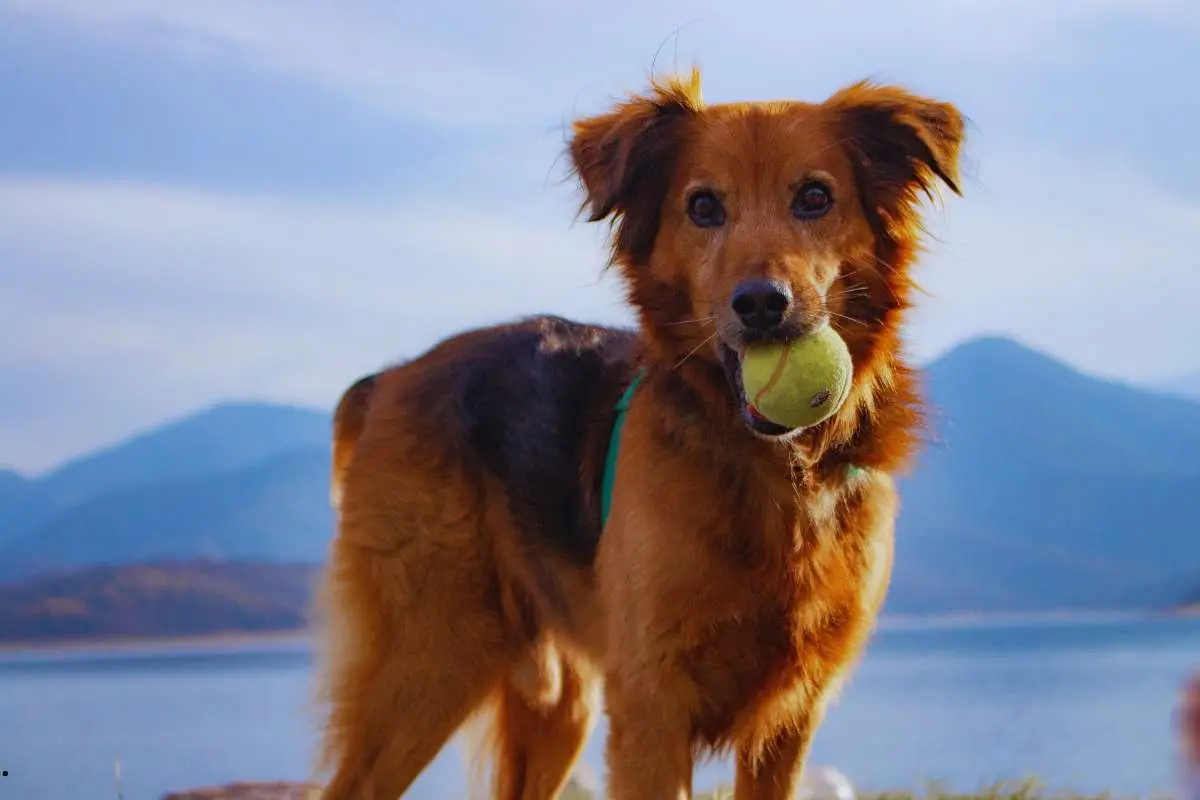
Benefits of Playing Flyball with Your Dog
One of the key benefits of playing flyball with your dog is exercise. Flyball provides a high-energy workout that can help keep your dog fit and healthy. Additionally, flyball is a team sport that fosters a strong bond between you and your furry friend. It also helps improve your dog’s agility and obedience skills.
What makes flyball even more exciting is the competitive aspect of the sport. Participating in flyball tournaments can be a thrilling experience for both you and your dog, and it’s a great way to socialize with other dog lovers.
Preparing Your Dog for Flyball
Basic Obedience Training
If your dog is a beginner to flyball, basic obedience training is vital. Commands such as sit, stay, and come are crucial for your dog to understand before participating in flyball. Training your dog in basic obedience will make the learning process for flyball smoother and more enjoyable for both of you.
Building Your Dog’s Endurance
One way to prepare your dog for the physical demands of flyball is to gradually build up their endurance. Regular exercise, such as daily walks or jogs, can help improve your dog’s stamina and overall fitness levels. Incrementally increasing the distance and intensity of exercise will help your dog be better prepared for the high-energy nature of flyball.
Basic obedience training is fundamental to ensure your dog’s safety and success in flyball. Commands like ‘wait’ and ‘leave it’ can prevent accidents during the game, while a strong recall can help control your dog’s movements on the flyball course.
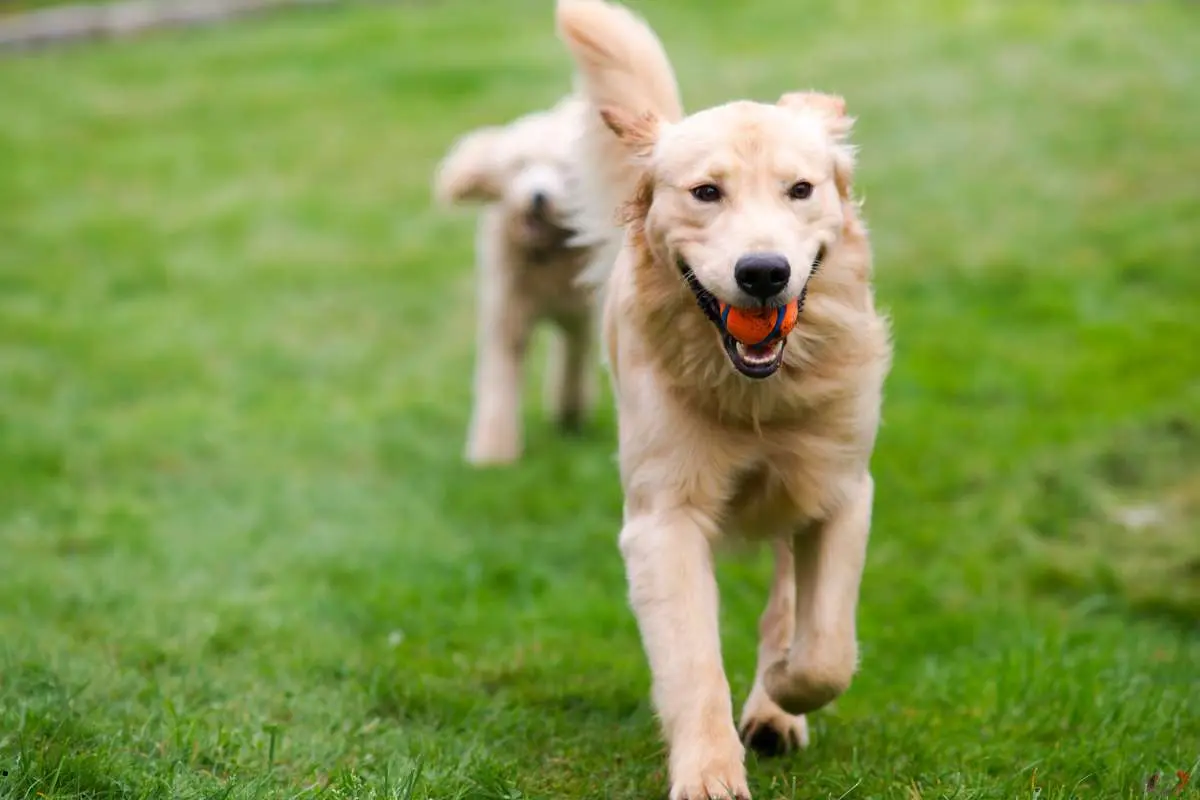
Introducing Your Dog to the Flyball Equipment
With proper introduction and positive reinforcement, your dog can become comfortable with the flyball equipment. Start by introducing them to each piece of equipment one at a time, using treats and praise to create a positive association. Gradually, your dog will become familiar and confident with the flyball box, hurdles, and the overall setup.
Your dog’s safety is paramount when introducing them to the flyball equipment. Always supervise their interaction with the equipment to prevent any injuries. Positive reinforcement and patience are key to helping your dog acclimate to the various elements of the flyball game.
Setting Up a Flyball Course
Essential Equipment Needed
Your Flyball course will require a few key pieces of equipment to get started. The important items include four hurdles, a Flyball box, tennis balls, and a safe area for your dog to run.
Creating a Safe and Fun Environment
Little things can make a big difference when setting up your Flyball course. Ensure that the area is free of any hazards such as sharp objects or slippery surfaces. The environment should be spacious enough for your dog to run freely and safely without any obstacles in the way.
The safety and well-being of your dog should always be a top priority when engaging in any physical activity. It’s important to keep the environment fun and engaging to encourage your dog to participate willingly and happily in Flyball.
Tips for Setting Up a Backyard Flyball Course
To create an optimal Flyball course in your backyard, consider the layout and spacing of the hurdles to ensure a smooth and efficient course. Position the Flyball box at the correct height and distance for your dog to retrieve the ball easily. After setting up the course, encourage your dog with positive reinforcement and rewards for a successful run.
- Creating a clear path for your dog to run
- Positioning hurdles at the right height and distance
- Providing ample space for your dog to turn and run back
- After each practice session, reward your dog for their effort
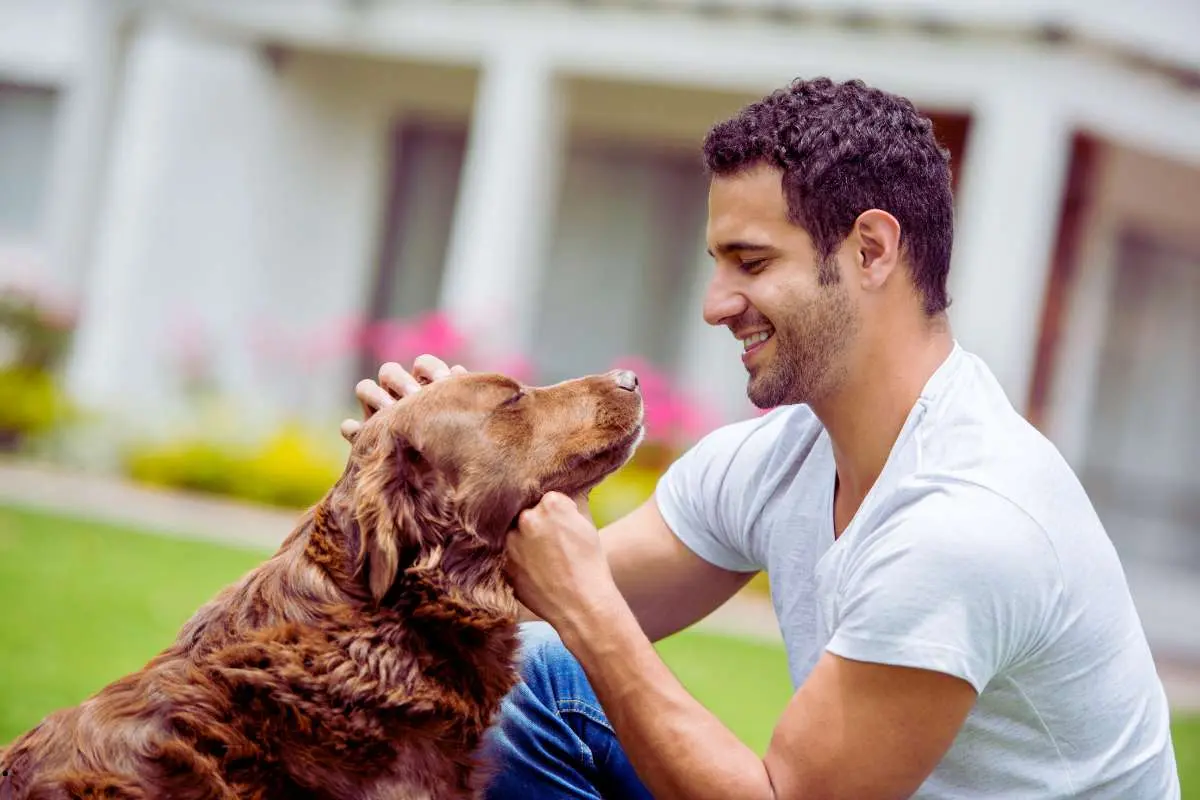
Teaching Your Dog to Play Flyball
Breaking Down the Flyball Sequence
Unlike some other dog sports, learning to play Flyball involves a specific sequence of actions that your dog needs to master. It’s necessary to break down each step of the process to ensure your pup understands and can perform the sequence smoothly.
Training Your Dog to Catch and Retrieve
If you want your dog to excel at Flyball, teaching them how to catch and retrieve the ball is crucial. This skill is fundamental for them to participate in the game effectively and enjoy the experience.
The key to training your dog to catch and retrieve is patience and positive reinforcement. Start by encouraging your dog to chase after the ball, gradually progressing to catching it and bringing it back to you. Reward them with treats and praise for successful retrieves to reinforce the behavior.
Practicing the Flyball Sequence with Your Dog
Your dog will need consistent practice to perfect the Flyball sequence. Set up a practice area where your pup can run, jump, and retrieve the ball comfortably. Practice the sequence regularly to improve your dog’s speed and accuracy.
Another important aspect of practicing Flyball is ensuring your dog’s safety. Always use properly sized equipment, monitor your dog’s physical condition, and provide plenty of water breaks during practice sessions. Safety should be a top priority to prevent injuries and keep your dog healthy and happy.
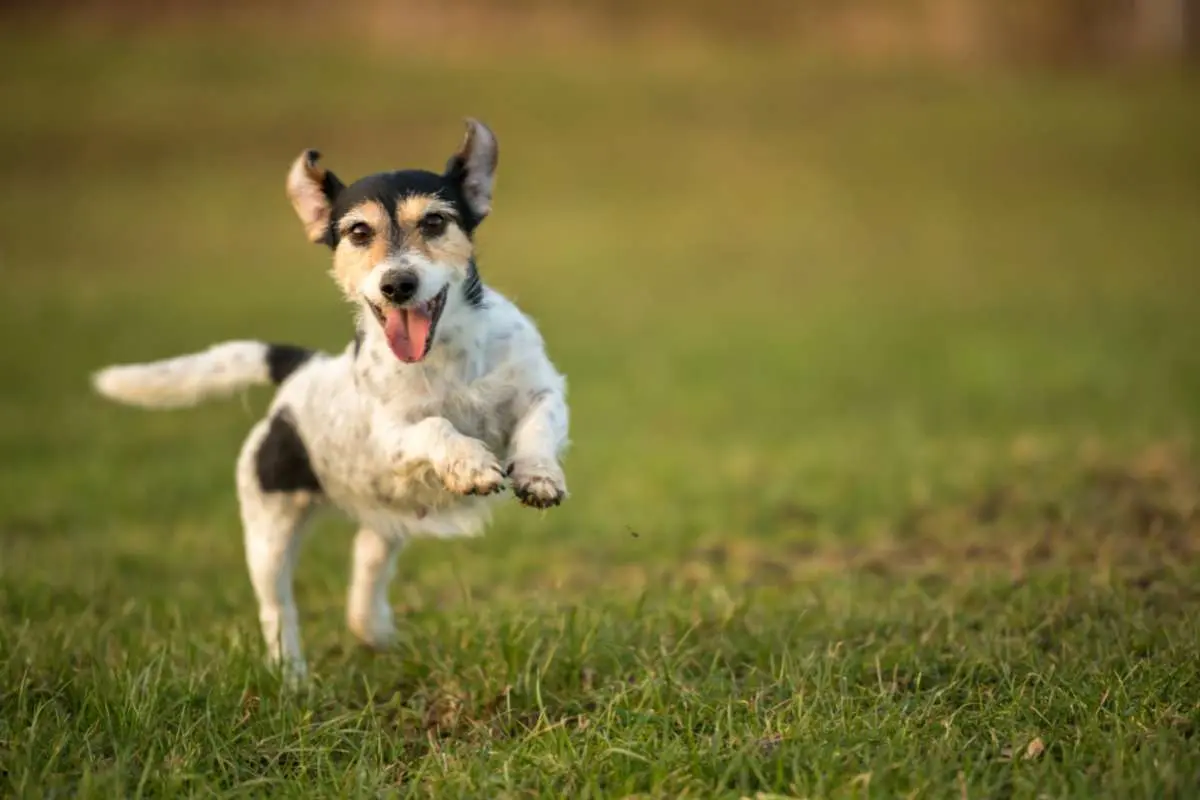
Factors to Consider When Playing Flyball
Keep your dog’s well-being in mind when engaging in flyball activities. Consider the following factors to ensure a safe and enjoyable experience for both you and your furry friend.
Your Dog’s Breed and Size
One important factor to consider when playing flyball is your dog’s breed and size. Some breeds are better suited for flyball due to their physical abilities. Make sure your dog is of an appropriate size and breed to participate safely and effectively in flyball activities.
Your Dog’s Age and Health
When considering your dog’s age and health, it’s important to take into account any health concerns or physical limitations your dog may have. This will help you determine the appropriate level of activity and training for your dog when playing flyball.
The Importance of Positive Reinforcement
Assuming your dog’s well-being and happiness is a priority, it’s crucial to emphasize positive reinforcement when training your dog for flyball. Your dog will respond better to positive reinforcement techniques, which will create a stronger bond between you and your dog while playing flyball.
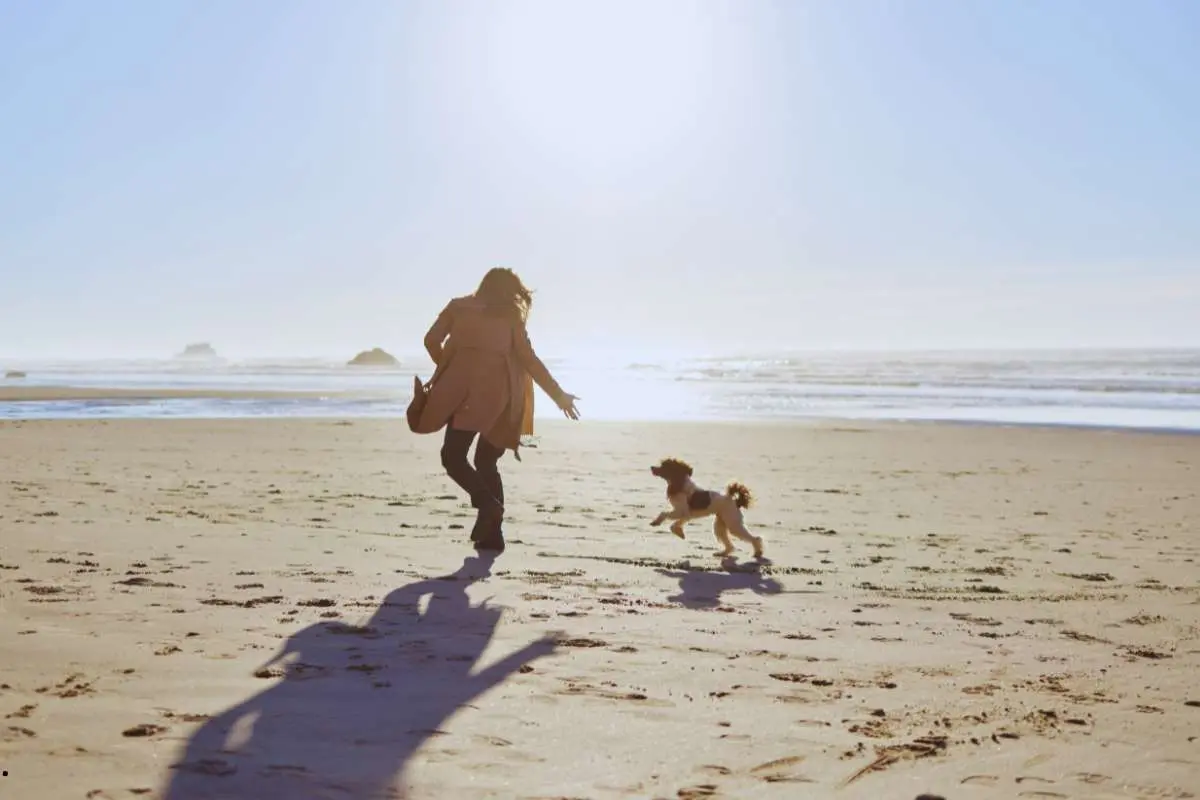
Tips for Improving Your Flyball Game
Many flyball enthusiasts are always looking for ways to improve their game and help their dog perform better in this exciting sport. Here are some tips to enhance your flyball experience:
- Focus on training and practice regularly.
- Work on strengthening your dog’s obedience and agility skills.
- Stay positive and patient with your dog throughout the training process.
Though flyball can be challenging at times, with dedication and hard work, you and your dog can achieve great success in this thrilling dog sport.
Communication and Teamwork
Now, building a strong bond with your dog and practicing good communication are key to success in flyball. Establishing trust and understanding each other’s cues will enhance your teamwork on the field.
Strategies for Faster Times
While speed is crucial in flyball, efficient strategies can make a significant difference in your overall performance. Utilizing techniques like box loading, proper hand-offs, and quick recalls can help shave off valuable seconds from your time.
Understanding Overcoming Common Challenges
Tips Such as managing distractions, addressing fear or anxiety issues, and staying consistent in your training approach can help overcome common challenges encountered in flyball. Recall, every dog is unique, so it’s vital to tailor your training methods to your dog’s specific needs.
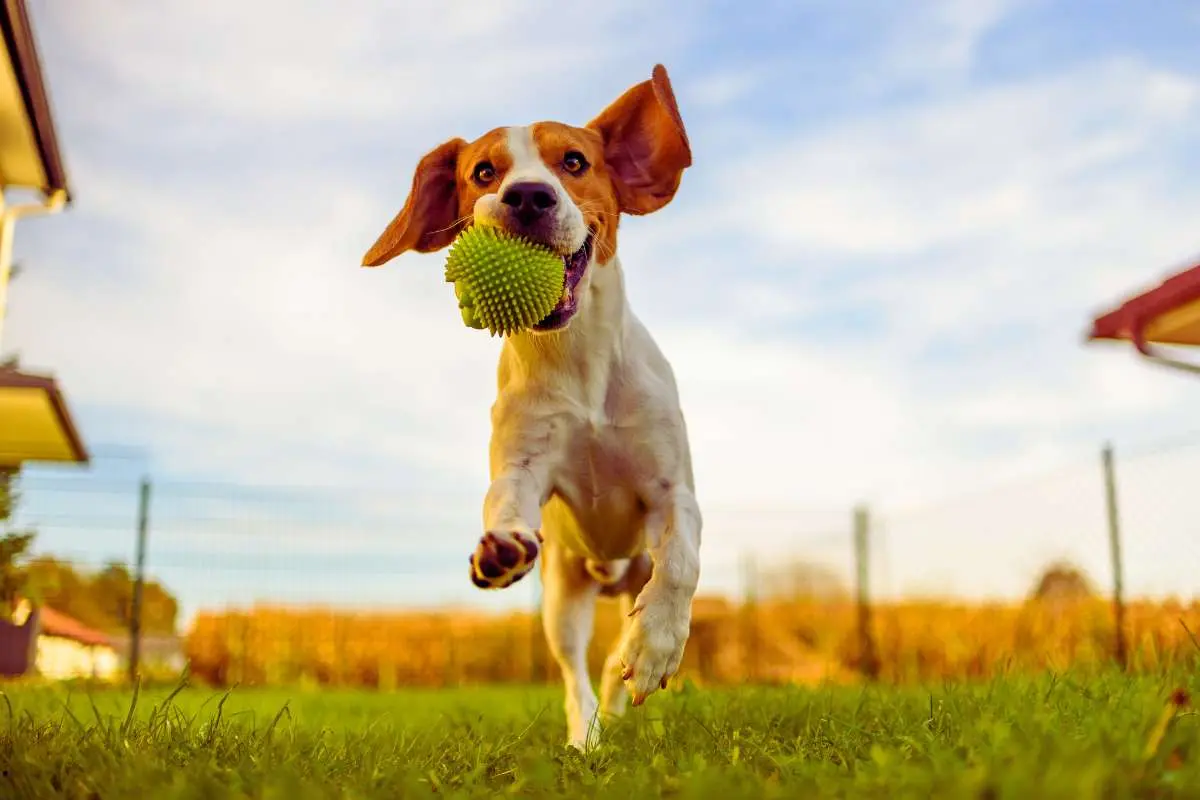
To wrap up,
Taking this into account, playing flyball with your dog can be a rewarding and enjoyable experience for both you and your furry friend. It provides an opportunity for exercise, mental stimulation, and bonding. By following the steps outlined in this guide, you can introduce your dog to the sport of flyball and have fun while doing it. Remember to always prioritize your dog’s safety, comfort, and well-being throughout the training process. With patience, practice, and positive reinforcement, you and your pup can become a successful flyball team!
Frequently Asked Questions
What is Flyball?
Flyball is a dog sport that involves a relay race between two teams of four dogs each. The dogs must jump hurdles, retrieve a tennis ball from a specially designed box, and then race back to their handlers.
How do I train my dog for Flyball?
Training your dog for Flyball involves teaching them basic obedience commands, impulse control, and introducing them to the equipment such as hurdles and the ball box. It’s important to use positive reinforcement techniques and to start slowly to build your dog’s confidence and skills.
What are the benefits of playing Flyball with my dog?
Playing Flyball with your dog can provide physical exercise, mental stimulation, and strengthen the bond between you and your pet. It also offers a fun and challenging activity that can help dogs build confidence, improve obedience, and socialize with other dogs. Plus, it’s a great way to have fun and stay active with your furry friend!
